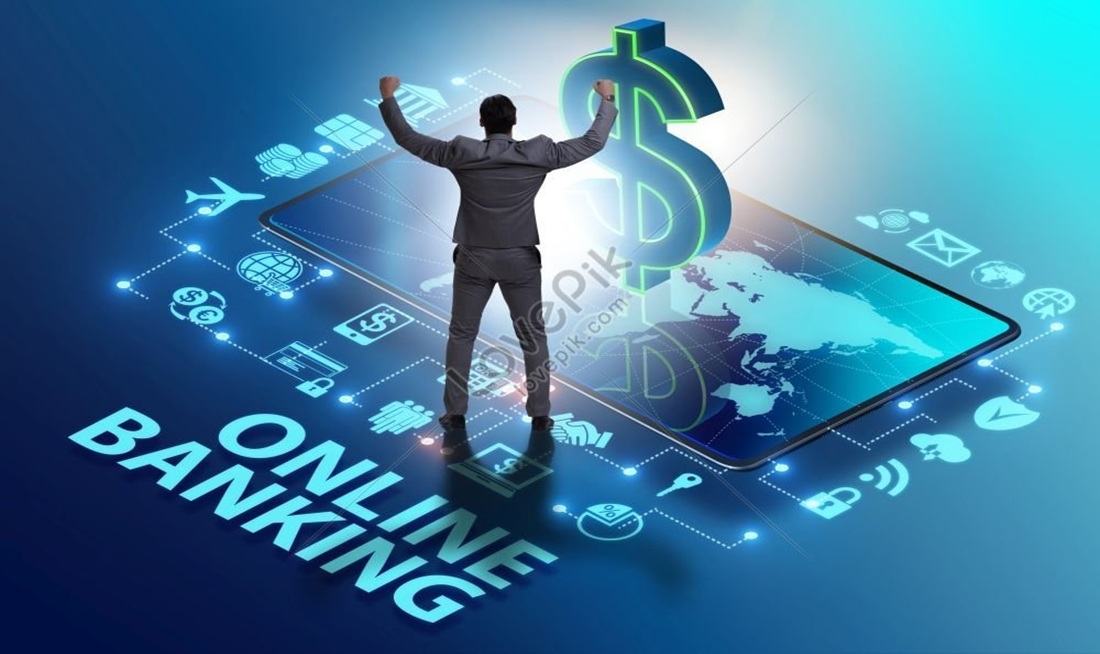How to Protect Yourself from Online Banking Scams
The convenience of online banking has transformed the way people manage their finances, making transactions quicker and easier than ever before. However, with the rise of digital banking comes an increasing threat from cyber criminals who use sophisticated scams to steal money and personal information. Understanding how these scams work and knowing the best ways to protect yourself can help safeguard your finances from fraudsters.
What Is Online Banking?
Online banking, also known as internet banking or digital banking, is a system that allows individuals and businesses to access and manage their bank accounts through the internet. It eliminates the need to visit a physical bank branch for most transactions, making banking more convenient and accessible.
Through online banking, users can perform various financial activities, such as checking account balances, transferring money, paying bills, and applying for loans—all from a computer or mobile device. Most banks offer secure online banking platforms or mobile apps that provide a user-friendly interface for managing finances remotely.
Understanding Online Banking Scams
Online banking scams come in many forms, with scammers using deceptive tactics to trick people into revealing sensitive information or making unauthorized transactions. Some of the most common types of scams include phishing attacks, malware infections, fake banking websites, and fraudulent phone calls claiming to be from your bank. These scams are designed to exploit human trust and technological vulnerabilities, making it essential to stay informed about the latest threats.
Phishing scams, for instance, involve emails or messages that appear to be from legitimate banks but contain malicious links. Clicking on these links can lead to fake login pages where unsuspecting victims enter their banking credentials, handing them over to criminals. Similarly, malware can be installed on a device through seemingly harmless downloads, allowing hackers to record keystrokes or gain access to banking apps.
Fake banking websites mimic the real ones with identical logos and designs, tricking people into entering their login details. These websites often look so convincing that even tech-savvy individuals can fall victim to them. Meanwhile, scammers may also call people, pretending to be from their bank’s fraud department, and pressure them into providing personal details or even transferring funds to a so-called “safe account” that belongs to the scammers themselves.
Recognizing the Warning Signs
Being able to recognize the warning signs of an online banking scam is the first step in protecting yourself. One major red flag is an urgent message from your bank claiming that your account has been compromised and requires immediate action. Scammers use fear tactics to create a sense of panic, hoping you will act without thinking.
Another warning sign is an email or message that contains grammatical errors or strange formatting. While some scams are professionally crafted, many have noticeable mistakes that banks would never make in their official communications. Messages that ask you to click on a link to verify your account should always be treated with suspicion, as legitimate banks do not ask customers to provide sensitive information this way.
Unexpected phone calls from someone claiming to be from your bank’s fraud team should also raise concerns, especially if they request personal details, passwords, or one-time passcodes. Banks do not ask for such information over the phone, and you should always hang up and call your bank directly to confirm the legitimacy of the call.
Steps to Protect Yourself
One of the best ways to prevent online banking scams is by implementing strong security measures. A good starting point is to use strong, unique passwords for your banking accounts. A password should include a mix of uppercase and lowercase letters, numbers, and special characters. Avoid using easily guessable information such as birthdays, names, or common words.
Two-factor authentication (2FA) adds an extra layer of security to your online banking. By requiring a second form of verification, such as a code sent to your phone, it makes it much harder for scammers to gain access to your account even if they manage to obtain your password.
Keeping your banking and personal devices secure is also crucial. Ensure that your smartphone, tablet, or computer has up-to-date security software to protect against malware and viruses. Cybercriminals often exploit outdated software to gain access to banking information, so enabling automatic updates is a smart way to stay protected.
Avoid using public Wi-Fi networks when accessing your online banking. Hackers can intercept data on unsecured networks, potentially stealing login credentials. If you must use public Wi-Fi, a Virtual Private Network (VPN) can help encrypt your internet connection, reducing the risk of data interception.
The Role of Banks in Preventing Scams
Banks play a crucial role in helping customers stay safe from online scams. Many banks invest heavily in fraud detection systems that monitor transactions for unusual activity. If a suspicious transaction is detected, the bank may temporarily block the account and contact the customer for verification.
Financial institutions also send out security alerts and educational resources to inform customers about emerging scams. Some banks have even introduced voice and facial recognition technology as an additional layer of authentication, making it harder for fraudsters to gain access to accounts.
However, despite these measures, banks cannot protect customers entirely without their cooperation. It is important for individuals to stay informed and follow best security practices to minimize the risk of falling victim to scams.
Reporting a Scam
If you suspect that you have encountered an online banking scam, taking immediate action is crucial. The first step is to contact your bank and inform them of the situation. Banks have dedicated fraud departments that can help secure your account, reverse unauthorized transactions, and guide you on the next steps.
Reporting the scam to law enforcement and cybersecurity agencies can also help prevent further fraud. Many countries have official organizations where consumers can report fraud, such as the Federal Trade Commission (FTC) in the United States, Action Fraud in the United Kingdom, and the Australian Cyber Security Centre (ACSC) in Australia.
If you have already shared sensitive information, such as your bank login details, you should change your passwords immediately and enable 2FA if it is not already activated. Monitoring your account for suspicious activity in the following weeks is essential, as scammers may attempt to use the stolen information at a later time.
Real-Life Stories of Online Banking Scams
Hearing about real-life scam cases can provide valuable lessons on how to protect yourself. In one case, a woman received a call from someone claiming to be from her bank’s fraud department. The caller informed her that her account had been compromised and that she needed to transfer her funds to a “safe account” immediately. Trusting the caller, she moved thousands of dollars, only to later realize that she had been tricked. The funds were unrecoverable.
In another case, a man clicked on a link in a phishing email that appeared to be from his bank. The link took him to a fake banking website where he entered his login credentials. Within minutes, fraudsters had accessed his real banking account and transferred funds before he could take action.
These stories highlight the importance of skepticism when receiving unsolicited calls or emails related to banking. A simple verification step, such as calling the bank directly, could have prevented these losses.
The Future of Online Banking Security
As technology advances, banks and cybersecurity firms continue to develop more robust ways to protect consumers. Artificial intelligence (AI) is being used to detect unusual transaction patterns and block fraudulent activities in real-time. Biometric authentication, such as fingerprint and facial recognition, is also becoming more widely adopted to provide secure access to banking apps.
Blockchain technology is another area being explored for its potential to enhance security in financial transactions. By using a decentralized ledger system, blockchain can reduce fraud and unauthorized access to sensitive financial data.
However, no matter how advanced security measures become, cybercriminals will always look for new ways to exploit vulnerabilities. This is why personal vigilance remains one of the most effective ways to stay protected. By staying informed about new scams, adopting strong security practices, and being cautious with online banking activities, individuals can significantly reduce their risk of becoming victims.
Conclusion
Online banking scams are a growing threat, but with the right knowledge and precautions, you can protect yourself from falling victim to fraud. Recognizing the warning signs, implementing strong security measures, and staying informed about the latest threats are all essential steps in safeguarding your finances. Banks and cybersecurity experts continue to improve protection methods, but ultimately, individuals must also take responsibility for their own online security.
By following best practices and remaining cautious, you can enjoy the convenience of online banking without the fear of being scammed. If something feels suspicious, always take the time to verify before taking any action. Your financial security is worth the extra caution.



